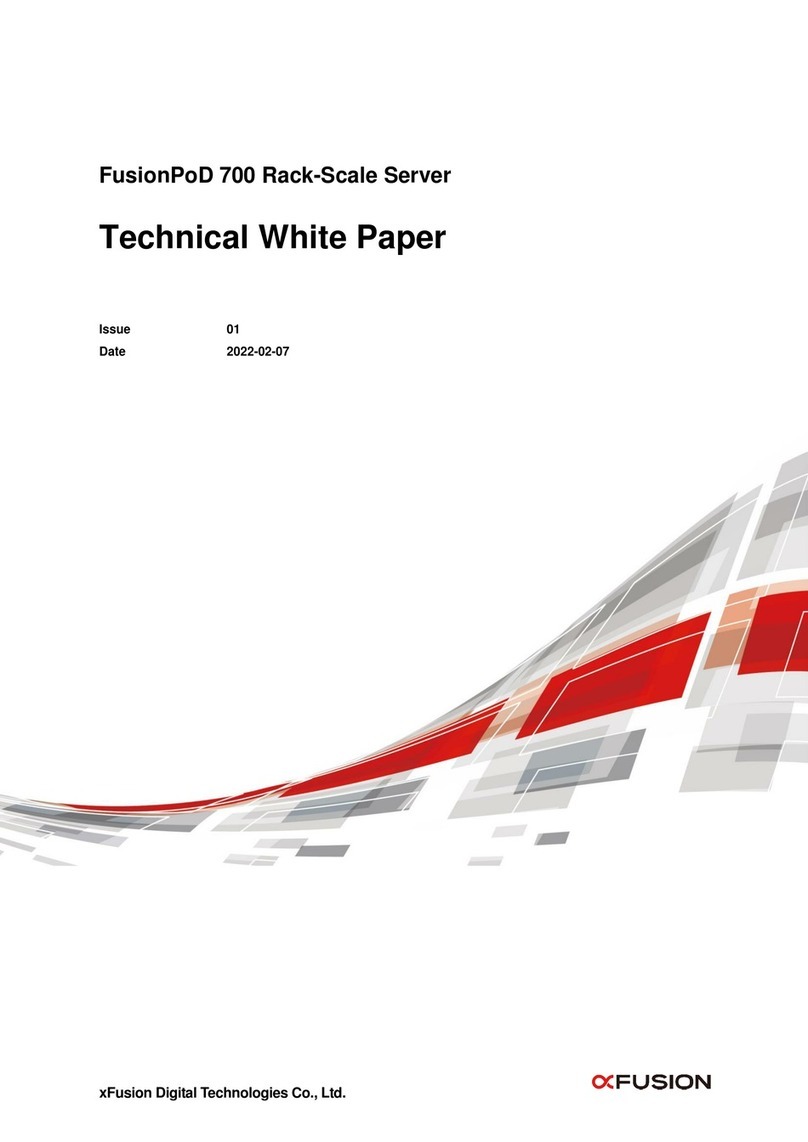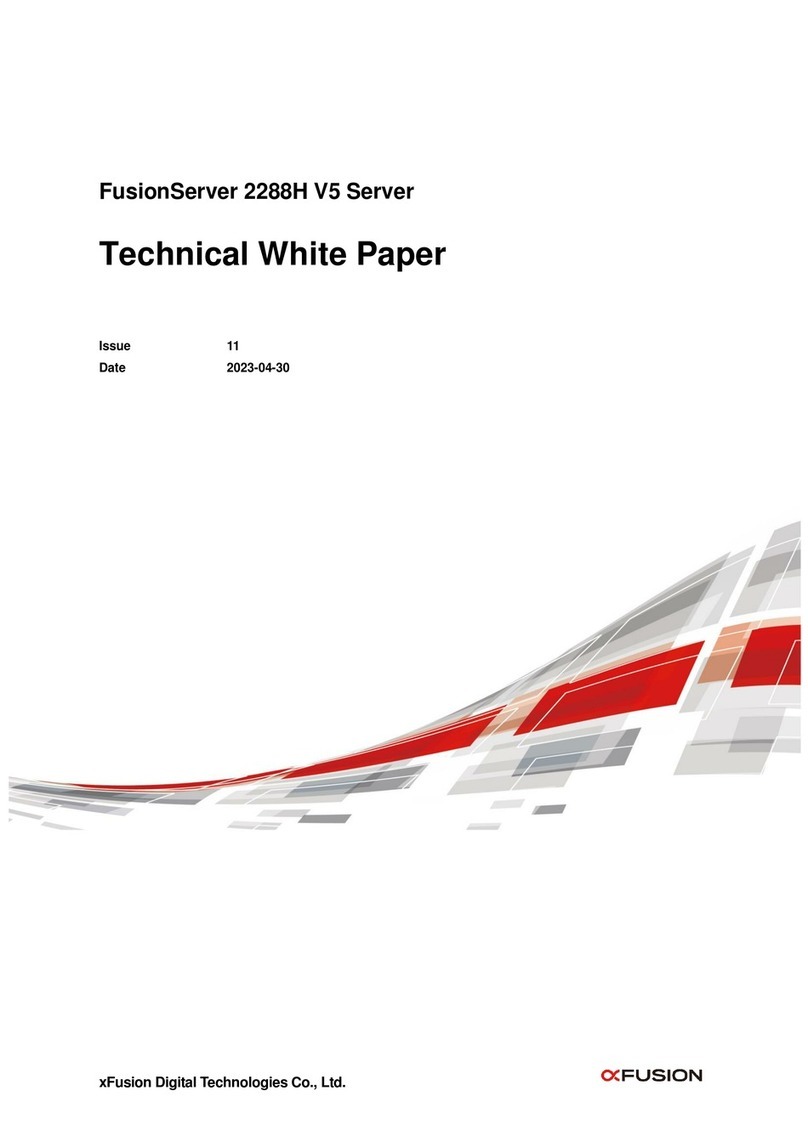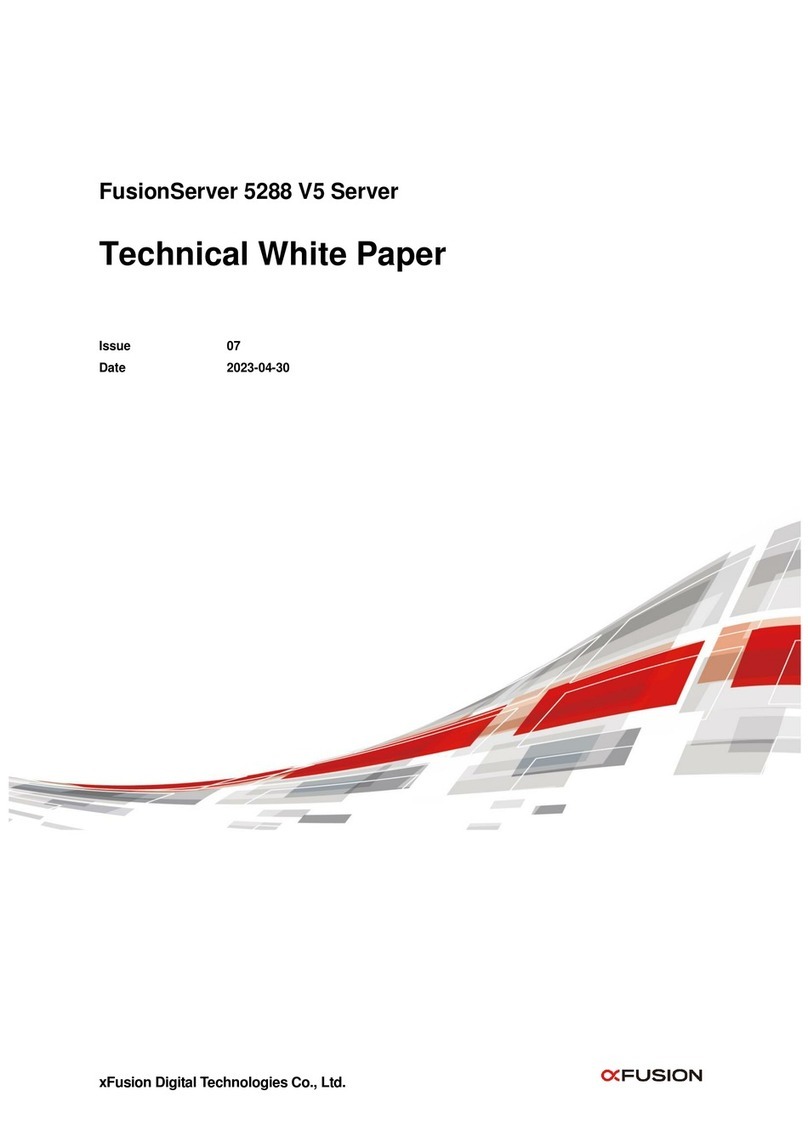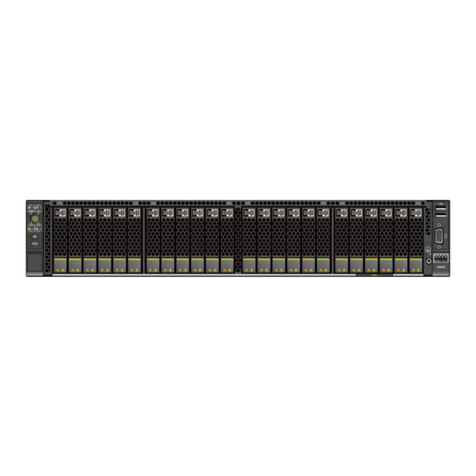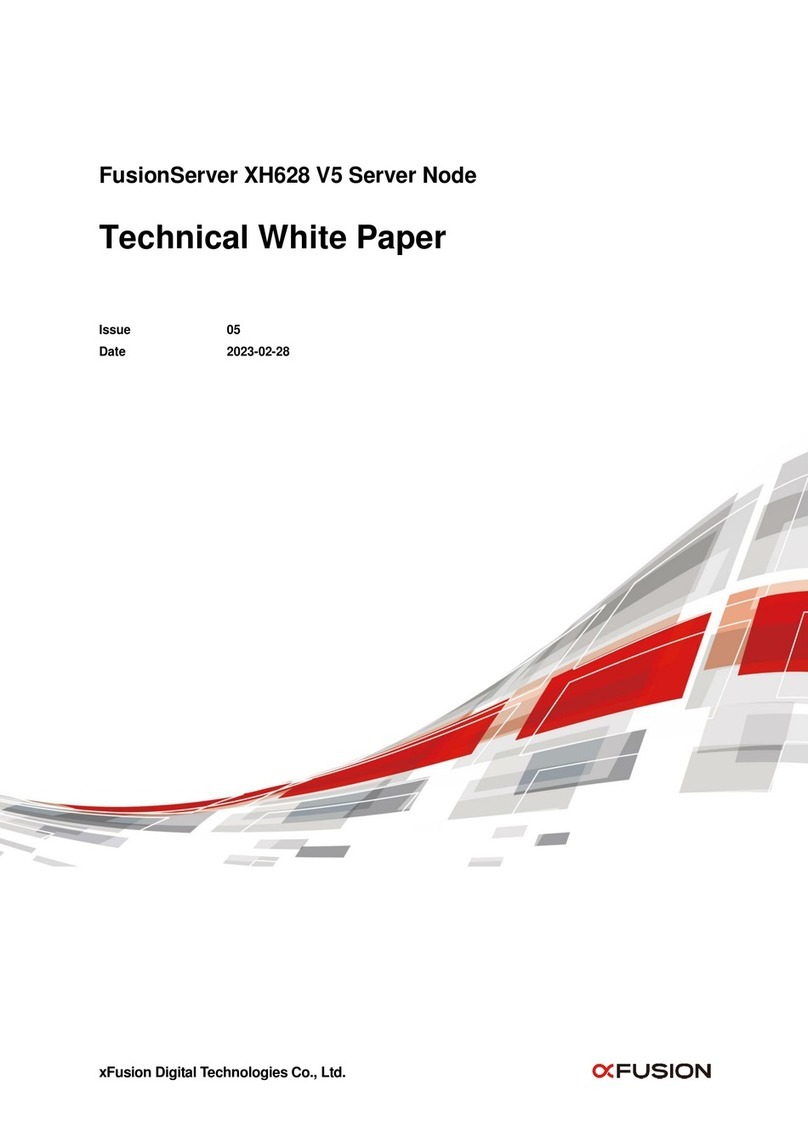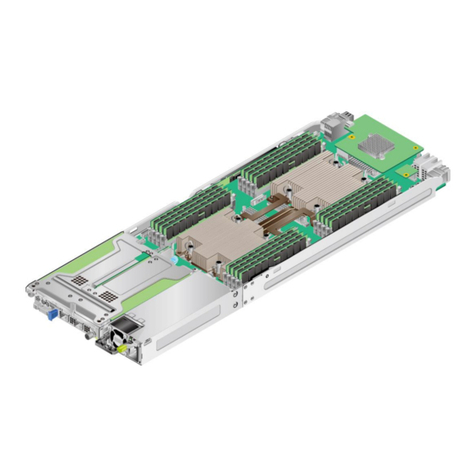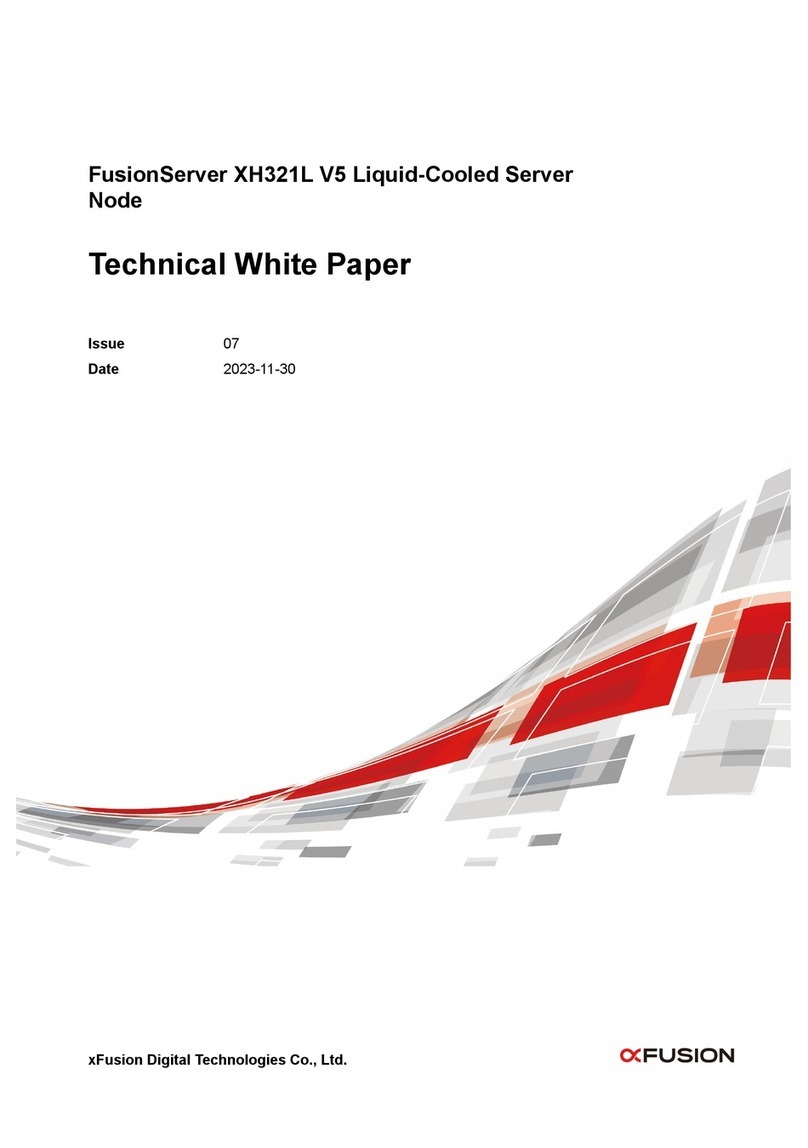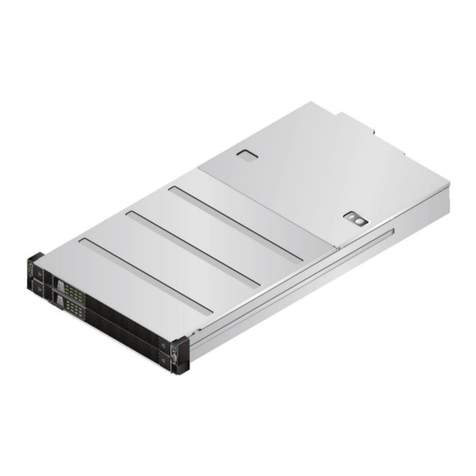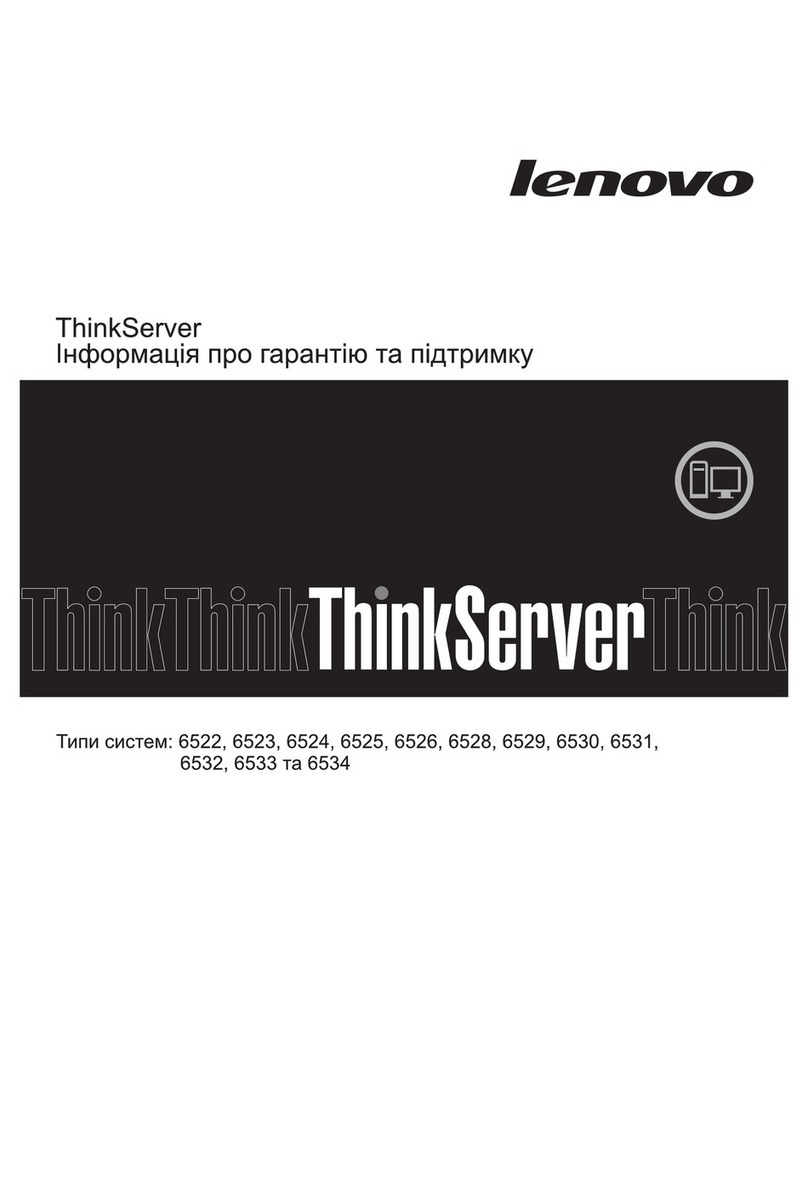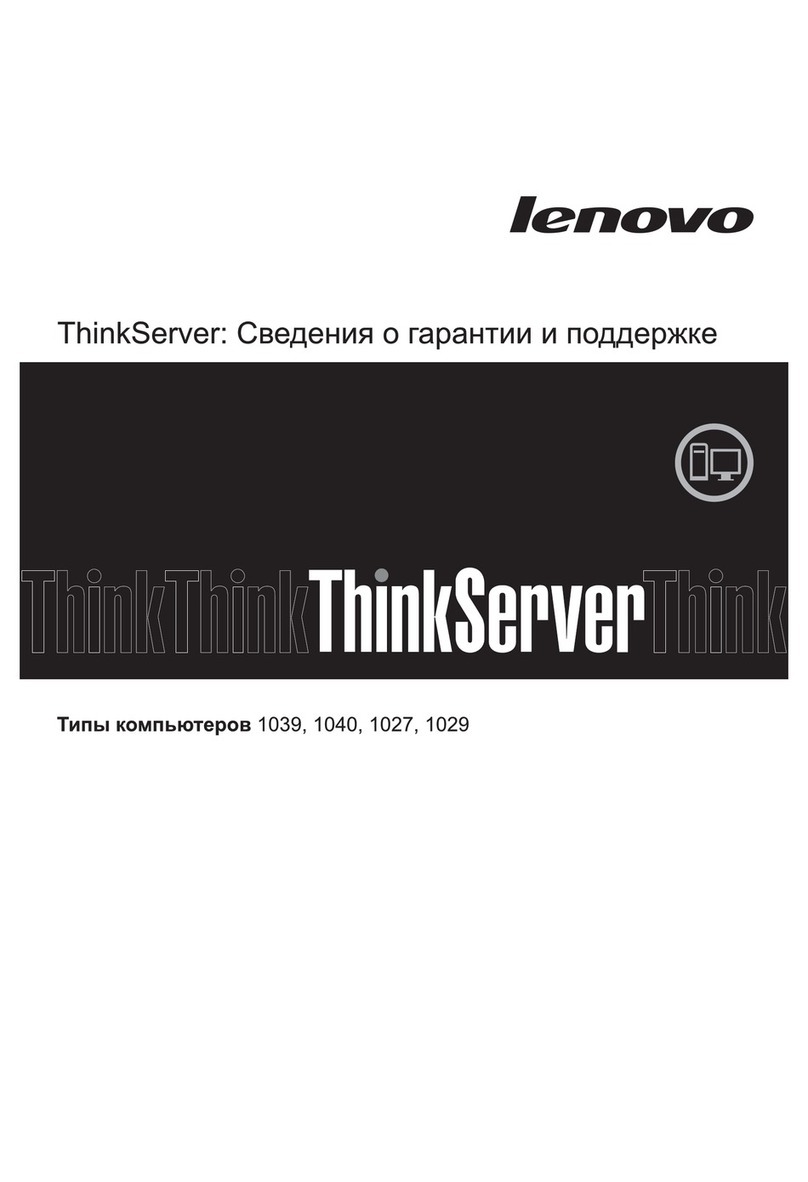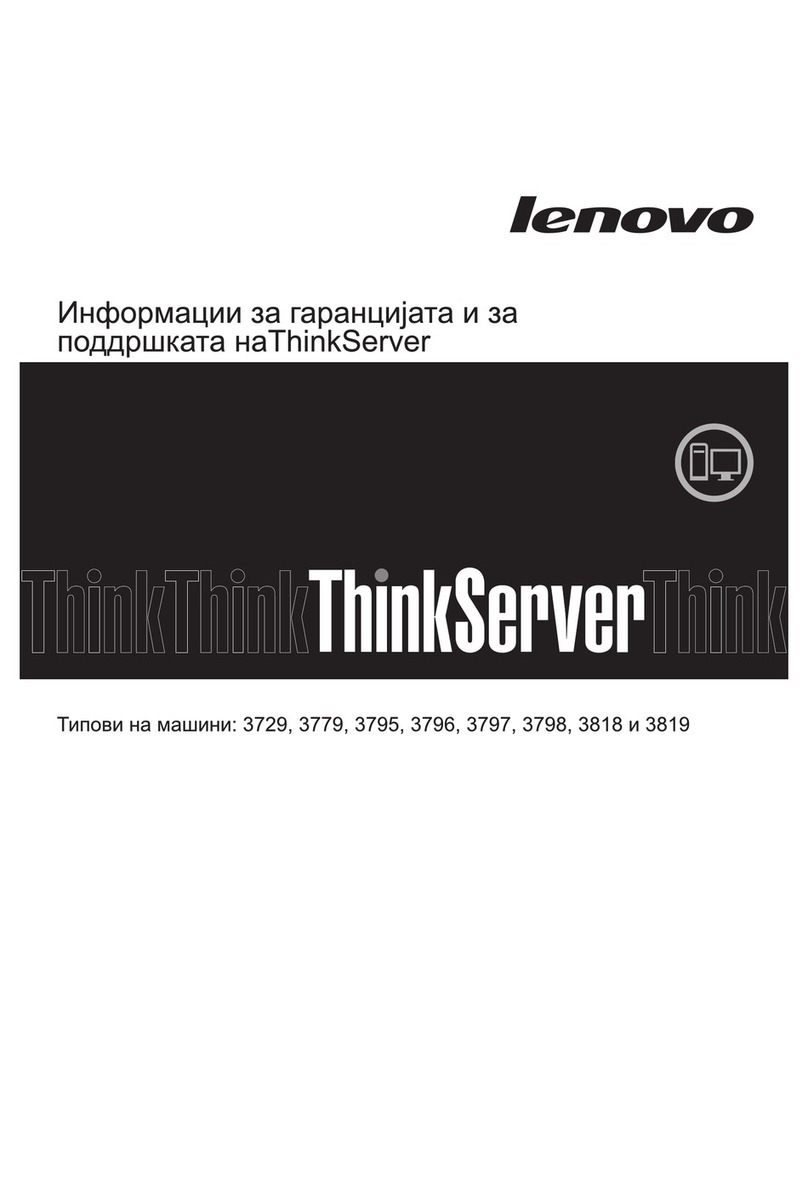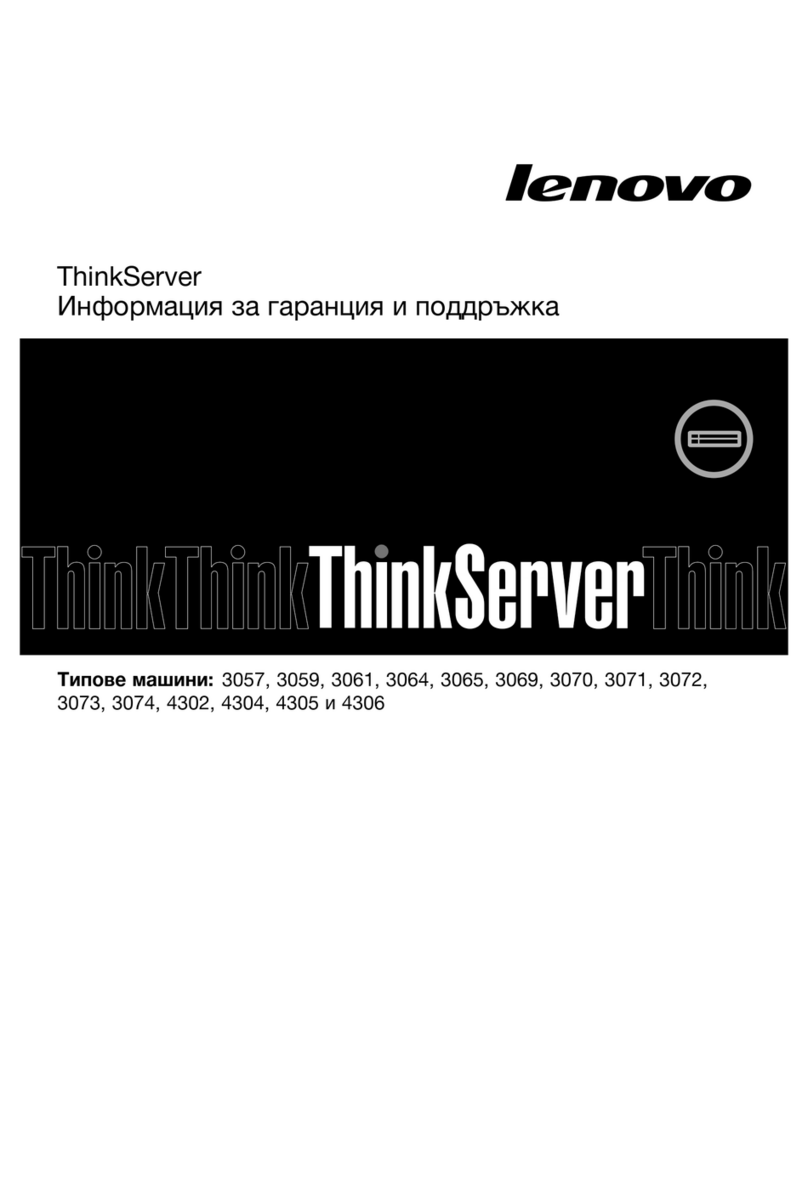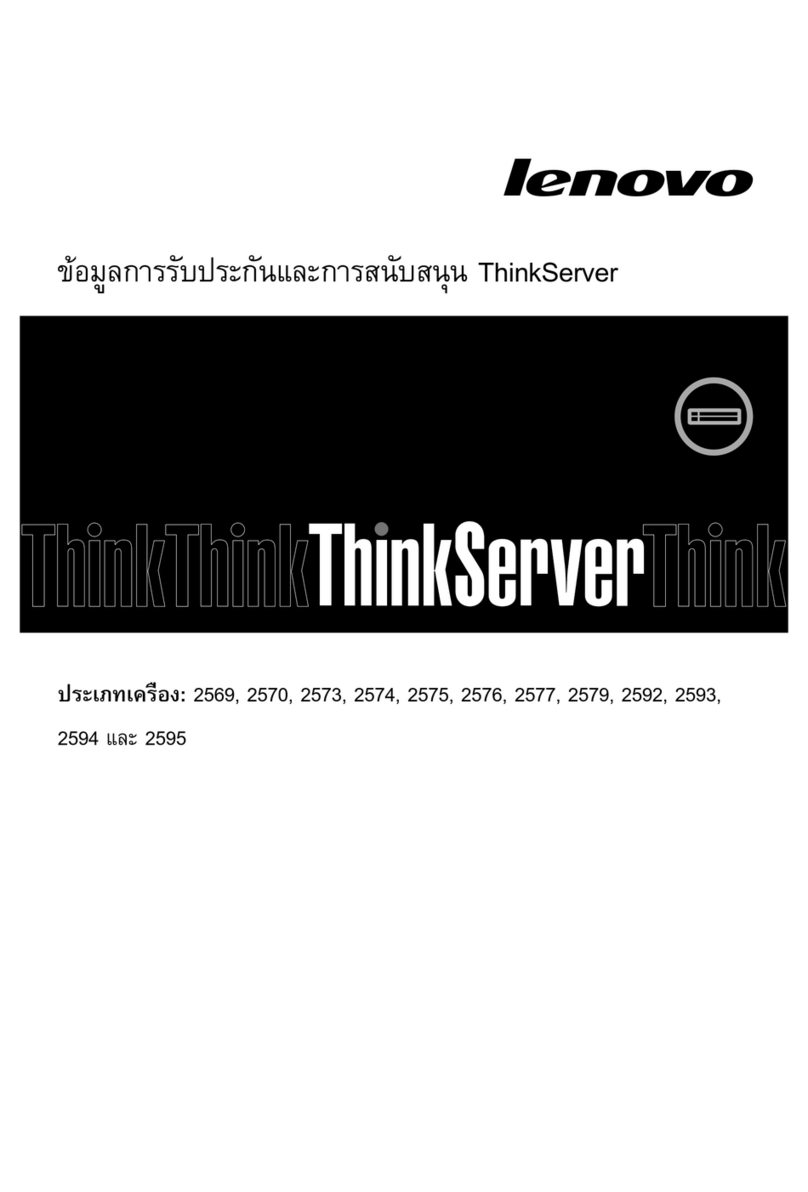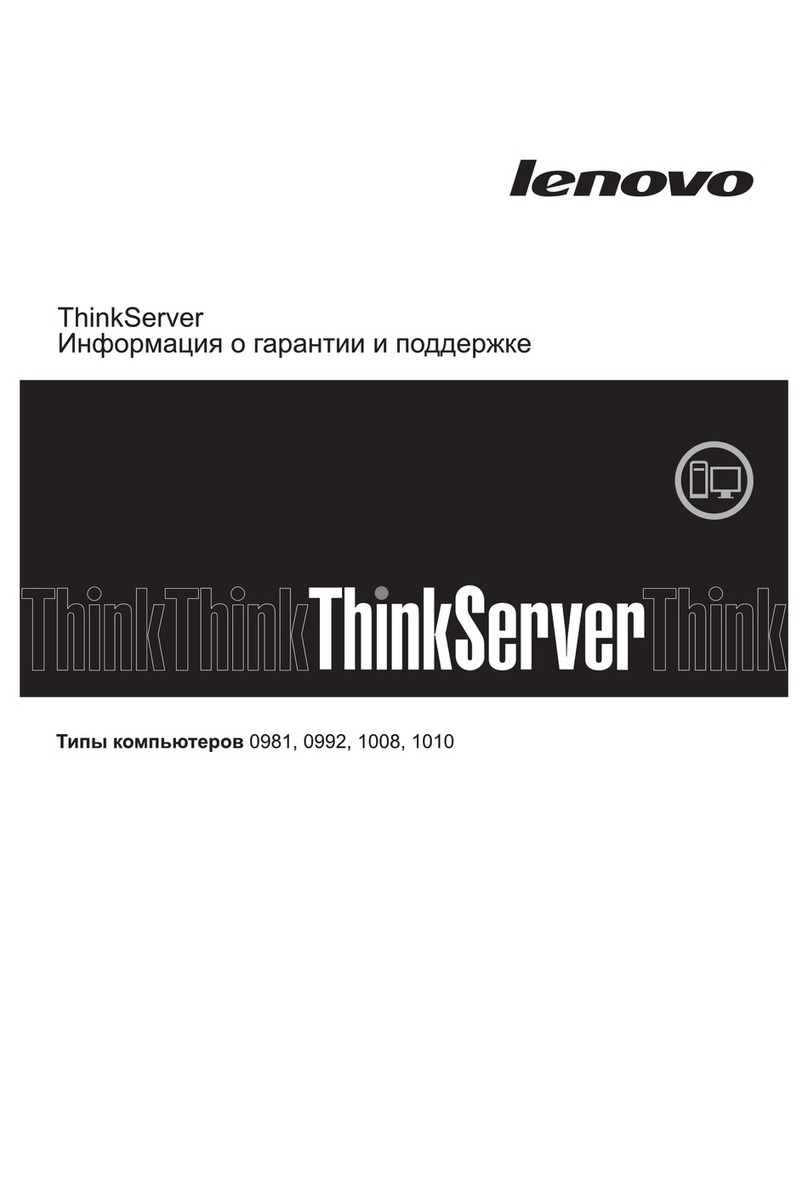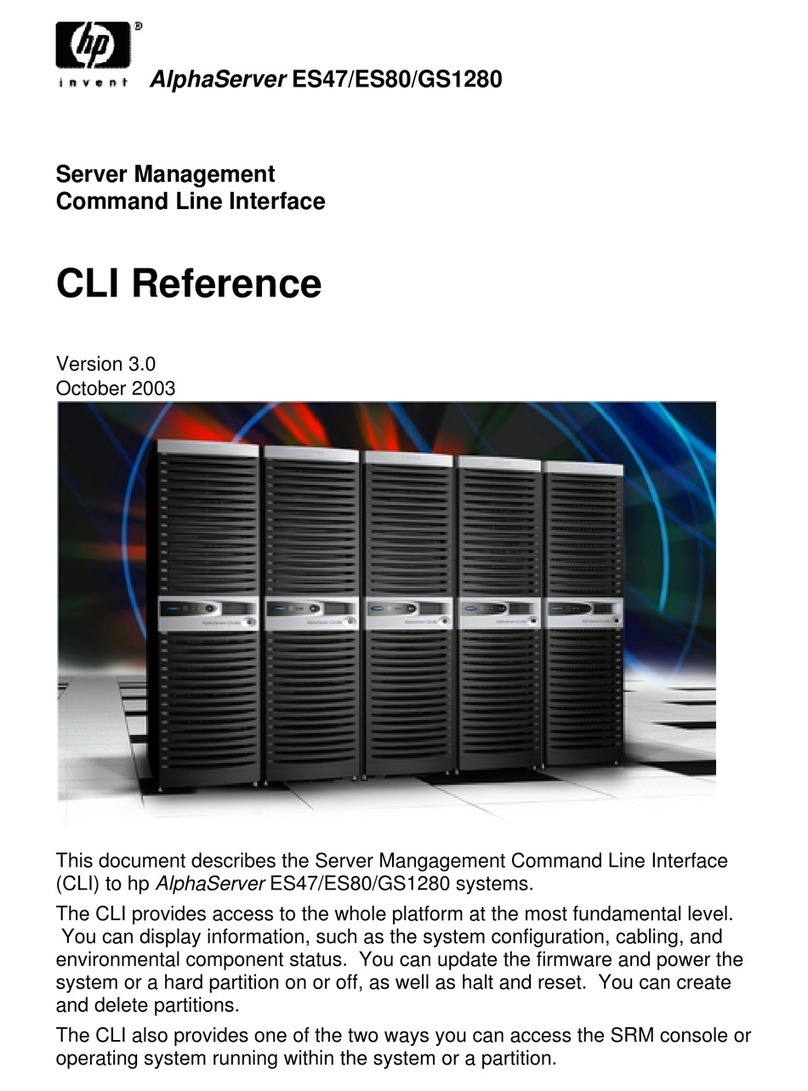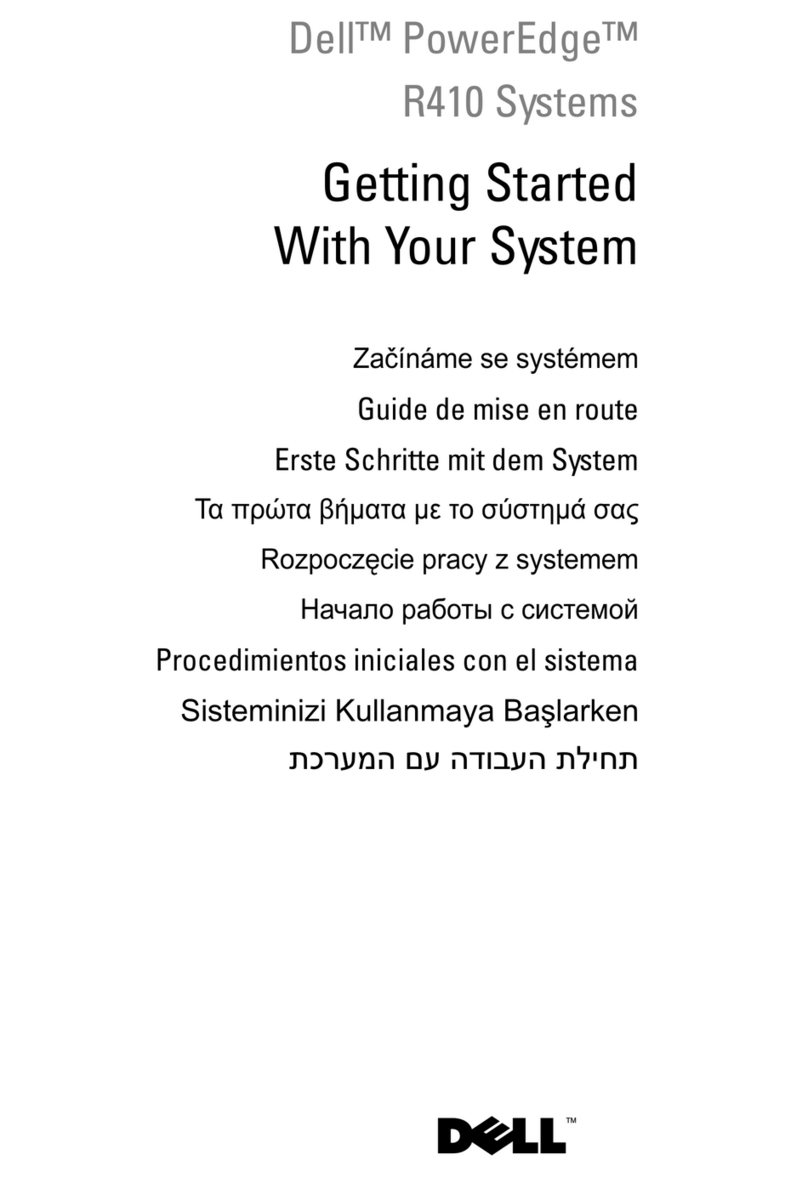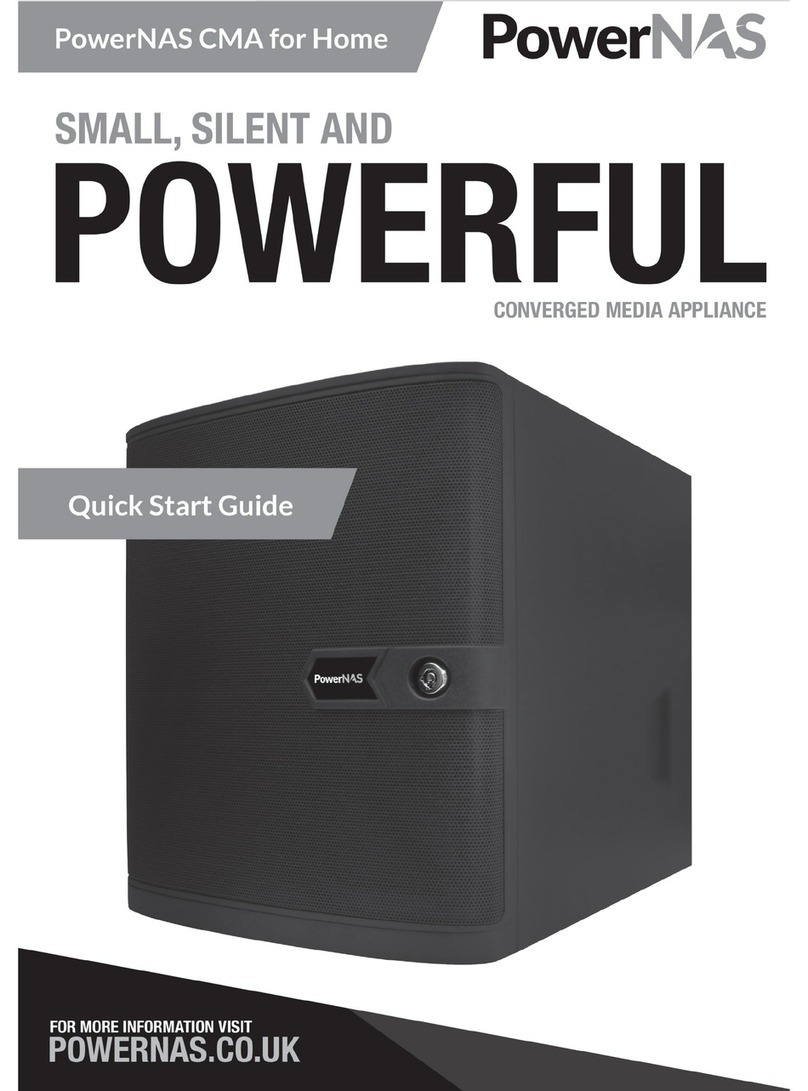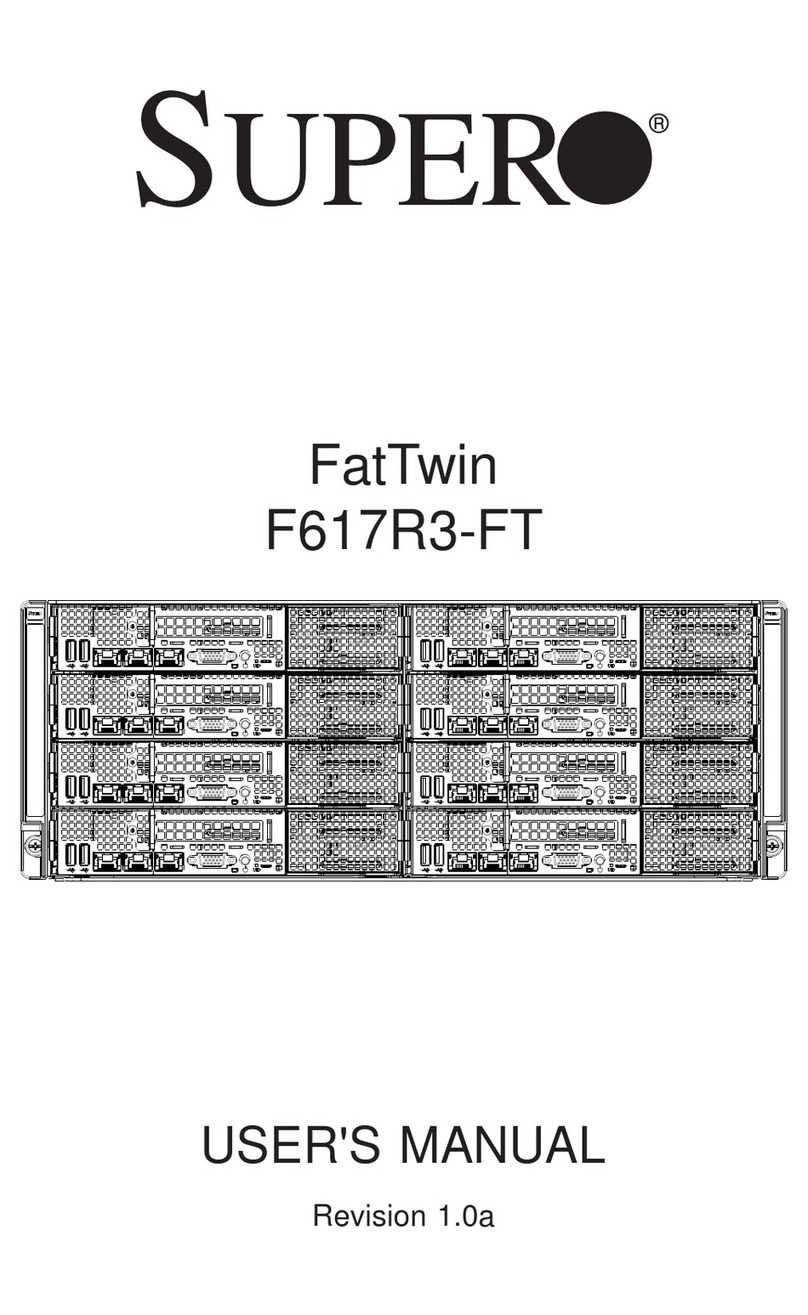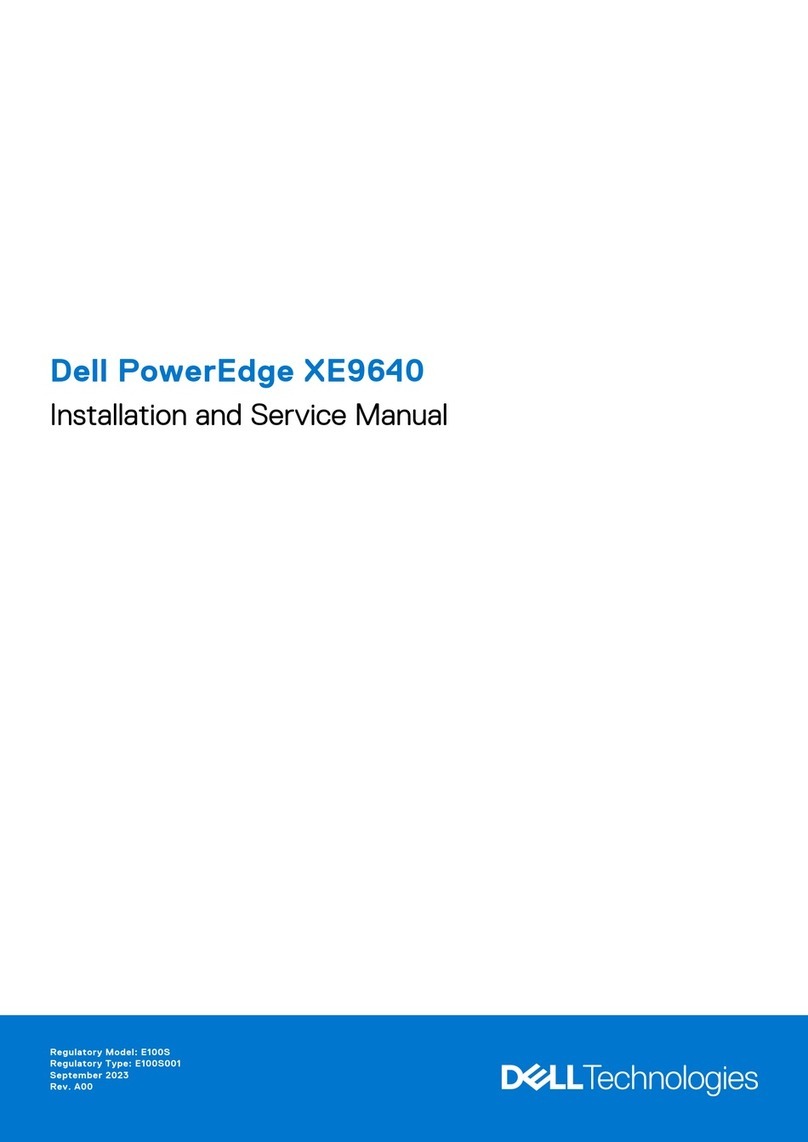all SSDs provides higher I/O performance than the use of all HDDs or a combination of
HDDs and SSDs.
⚫The use of 12 Gbit/s SCSI (SAS) serial connection for internal storage provides 2x data
transmission rate than the use of 6 Gbit/s SAS connection, maximizing the performance
of I/O-intensive applications.
⚫With Intel integrated I/O, the Intel®Xeon®Scalable processors integrate the PCIe 3.0
controller to shortens I/O latency and improve overall system performance.
⚫The server supports up to 15 PCIe 3.0 slots.
Availability and Serviceability
⚫Carrier-class components with process expertise ensure high system reliability and
availability.
⚫The server uses hot-swappable SAS/SATA/NVMe drives. It supports RAID 0, 1, 1E, 10,
5, 50, 6, and 60, depending on the RAID controller card used. It also uses a
supercapacitor to protect the RAID cache data against power failures.
⚫The server provides simplified O&M and efficient troubleshooting through the UID/HLY
LED indicators on the front panel, fault diagnosis LED, touch LCD diagnosis panel, and
iBMC WebUI.
⚫The SSDs offer better reliability than HDDs, ensuring continued system performance.
⚫The iBMC monitors system parameters in real time, triggers alarms, and performs
recovery actions in case of failures, minimizing system downtime.
⚫For more information about the warranty in the Chinese market, consult technical
support.
Manageability and Security
⚫The built-in iBMC monitors server operating status and provides remote management.
⚫A password is required for accessing the BIOS, ensuring system boot and management
security.
⚫The Network Controller Sideband Interface (NC-SI) allows a network port to serve as a
management port and a service port for maximized return on investment (ROI) for
customers. The NC-SI feature is disabled by default and can be enabled through the
iBMC or BIOS.
⚫The integrated Unified Extensible Firmware Interface (UEFI) improves setup,
configuration, and update efficiency and simplifies fault handling.
⚫Lockable server chassis panel ensures security of local data.
⚫Intel Execute Disable Bit (EDB) function prevents certain types of malicious buffer
overflow attacks when working with a supported OS.
⚫Intel Trusted Execution Technology enhances security using hardware-based defense
against malicious software attacks, allowing applications to run independently.
⚫The trusted platform module (TPM) and trusted cryptography module (TCM) provide
advanced encryption functions, such as digital signatures and remote authentication.
⚫The following requirements in NIST SP 800-147B are met:
−The BIOS firmware digital signature update mechanism is supported. During the
upgrade, the digital signature is verified to prevent unauthorized BIOS firmware
upgrade.
−The flash security protection mechanism is supported to prevent unauthorized
modification of the flash memory in the OS.
